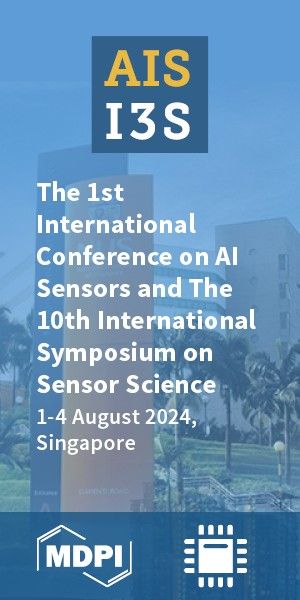Review
Version 1
Preserved in Portico This version is not peer-reviewed
Control of Mortality by Human Serum Albumin
Version 1
: Received: 20 February 2023 / Approved: 21 February 2023 / Online: 21 February 2023 (08:24:48 CET)
A peer-reviewed article of this Preprint also exists.
Andrew S. Johnson , William Winlow . Control of mortality by human serum albumin. GPD null, 0(0), 0328. https://doi.org/10.36922/gpd.0328 Andrew S. Johnson , William Winlow . Control of mortality by human serum albumin. GPD null, 0(0), 0328. https://doi.org/10.36922/gpd.0328
Abstract
Human serum albumin (HSA) is the ultimate, homeostatic determinant of fluid volume (FV) in all compartments of the body. The ability to change the pressure and flow of nutrient medium to cellular structures selectively has clinical significance in almost all areas of clinical medicine. We have shown that present fluid therapy (FT) using either colloid or saline dilutes nutrients. HSA binds and delivers nutrients, a lack of HSA binding causes Albumin Binding Disease (ABD) changing both colloidal pressure and nutrients leading to symptoms of sepsis. A reduction in HSA binding can be through lack of HSA or external ligands taking up binding sites on HSA. Many diseases cause ABD when immunoglobulins, infectious particles and by products bind to HSA including COVID-19 and other bacterial diseases like streptococcus as well as metabolic and cardiac disease due to incorrect pressure and nutrients. To raise HSA binding potential and remove vulnerabilities to these diseases we propose raising HSA. We show how present methods of fluid therapy (FT) are inefficient in that control of both pressure and nutrients forms initial equilibrium in the liver. HSA production and binding to nutrients is maintained at a level by the pressure in hepatocytes with the pancreatic and adrenal hormones moderating. Glucose and Ke-tone production are critical in the management of HSA binding and control of blood, colloidal pressure, and health of cells. Ketones provide a distinct mechanism of liver to lungs-heart metabolism during hypoglycaemia and activity. This known chain of nutrition becomes critical during disease like acute respiratory distress syndrome (ARDS) when ketones may be overproduced. HSA must therefore be infused into the liver to raise HSA levels safely. We investigated the control of HSA as a product of the actions of pressure in hepatocytes and changes in pancreatic and adrenal hormones. We found that in addition to pressure during glucose abundancy HSA is re-leased with ketones on administration of insulin and consider that this mechanism retains HSA moderation. HSA can therefore be increased by increasing insulin in the presence of glucose in the correct amounts. We suggest a protocol to increase FV, blood, lymph volume by infusion of HSA, insulin, and glucose direct to the liver so that the level of HSA stabilises. We suggest this will raise all other nutrients in the new FV, blood, lymph culminating in the creation of new blood cells. We propose that in a clinical situation maintaining this protocol will alleviate the symptoms of ABD and decrease the likelihood of serious illness and death.
Keywords
Albumin; Covid; Albumin Binding Disease; insulin; diabetes; fluid therapy; saline; plasma; blood volume; nutrition; cellular
Subject
Medicine and Pharmacology, Clinical Medicine
Copyright: This is an open access article distributed under the Creative Commons Attribution License which permits unrestricted use, distribution, and reproduction in any medium, provided the original work is properly cited.
Comments (0)
We encourage comments and feedback from a broad range of readers. See criteria for comments and our Diversity statement.
Leave a public commentSend a private comment to the author(s)
* All users must log in before leaving a comment








